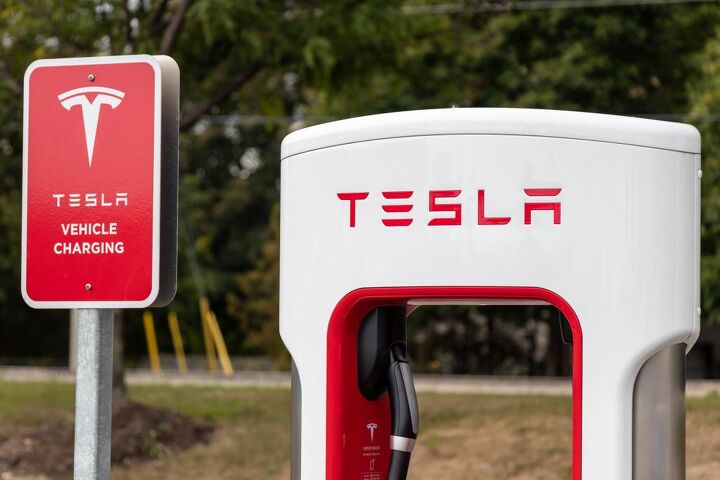#DriverAssistanceFeatures
NHTSA Issues Initial Crash Report for Driver Assist Tech
In 2021, the National Highway Traffic Safety Administration (NHTSA) asked manufacturers to begin reporting vehicle accidents where Advanced Driver Assistance Systems (ADAS) and/or semi-autonomous driving aids were engaged. The agency was specifically interested in incidents where such systems were active at least 30 seconds prior to the crash, hoping it might shed some light as to the technologies at play while the industry continues to make it standard equipment.
Tesla's 'Self-driving' Suite Grows More Expensive, Subscription Model Likely
On Monday, Tesla CEO Elon Musk announced that his company’s full self-driving (FSD) suite stands to become more expensive starting in July. Intended to serve as the prerequisite hardware for truly autonomous functionality once the software is ready, it’s proven a pricey way to get into brand’s more advance driver assistance features. Of course, the company sells it as a way to buy into complete vehicular autonomy — something that has yet to be realized anywhere in the industry — and has so far failed to deliver on that front.
Luckily for Tesla, the company remains on the bleeding edge of available automotive technologies while continuing to improve the basic fit and finish of its products. As no one else is delivering self-driving vehicles, the Californian EV manufacturer can get away with making certain claims about FSD — like how it’s inching closer to figuring out how to navigate a car through an urban environment.
Musk actually signaled that new features would be coming to the suite earlier this year, noting incoming price increases through 2020. Starting July 1st, FSD becomes an $8,000 option (tacking on a grand to the current price) and may eventually become a subscription model.
Annoy the Driver: IIHS Offers Its Two Cents on Improving Self-Driving Safety
The Insurance Institute for Highway Safety (IIHS) has issued a set of guidelines for advanced driving aids, suggesting that the key to automated safety is making sure drivers are perpetually engaged with the vehicle’s operations. Unfortunately, this has turned out to be a Catch-22 scenario due to the way these systems function. Semi-autonomous features are supposed to be there to help promote safety by adding an extra layer of protection; however, many encourage motorists to disengage by nature of their design.
Adaptive cruise control with lane keeping is probably the worst offender. Implemented as a way to keep cars a safe distance apart on the expressway, it offers an experience that borders on having the car chauffeur you around. The effectiveness of these systems vary widely, with none actually being capable of any legitimate self-driving functionality. You’re also not supposed to be able to tune out while they’re in use, but they all seem coyly contrived to do exactly that. The IIHS is concerned this phenomenon will only get worse as driving aids evolve and become increasingly commonplace.
“Unfortunately, the more sophisticated and reliable automation becomes, the more difficult it is for drivers to stay focused on what the vehicle is doing,” said IIHS President David Harkey. “That’s why systems should be designed to keep drivers actively engaged.”


















Recent Comments